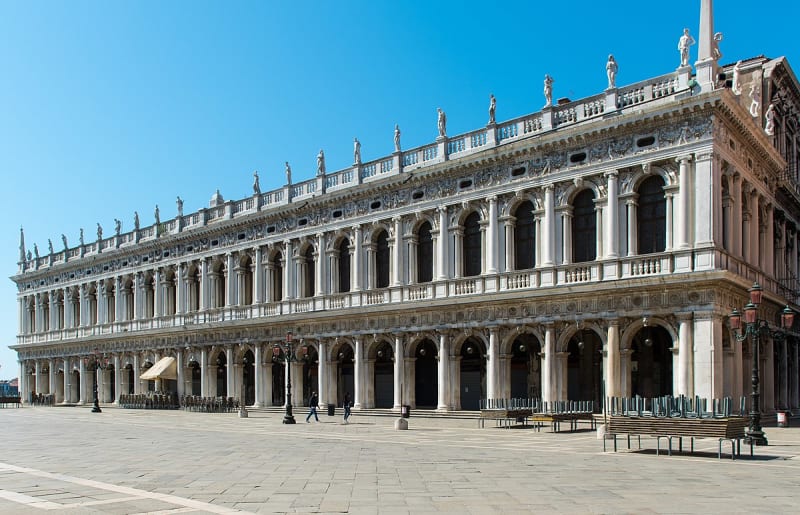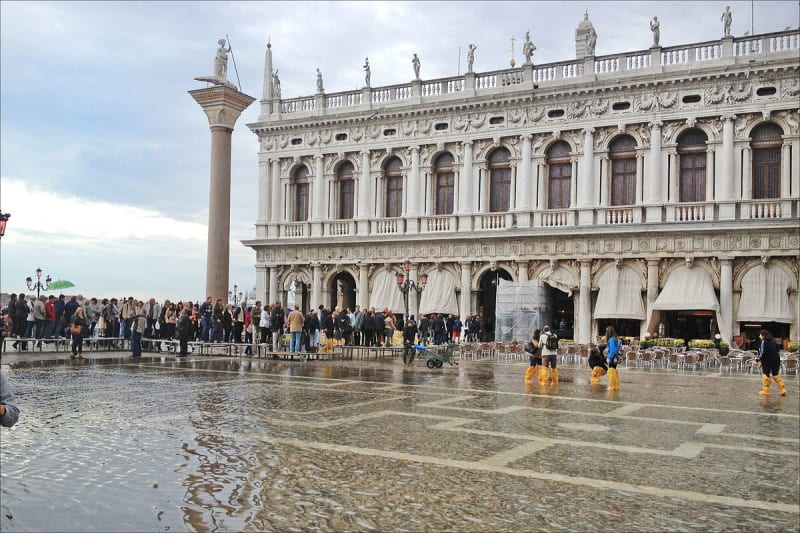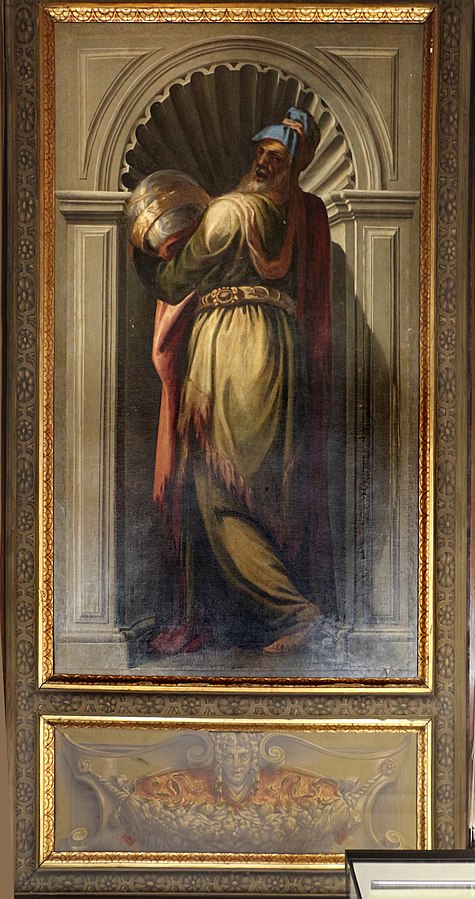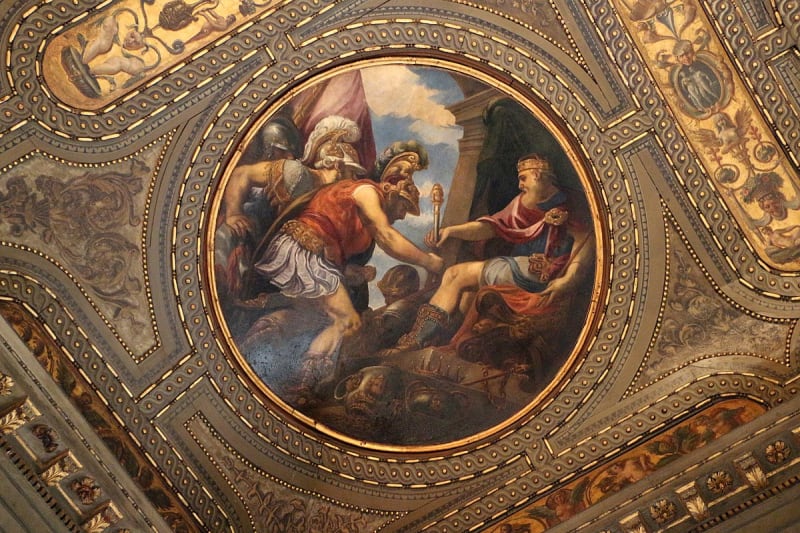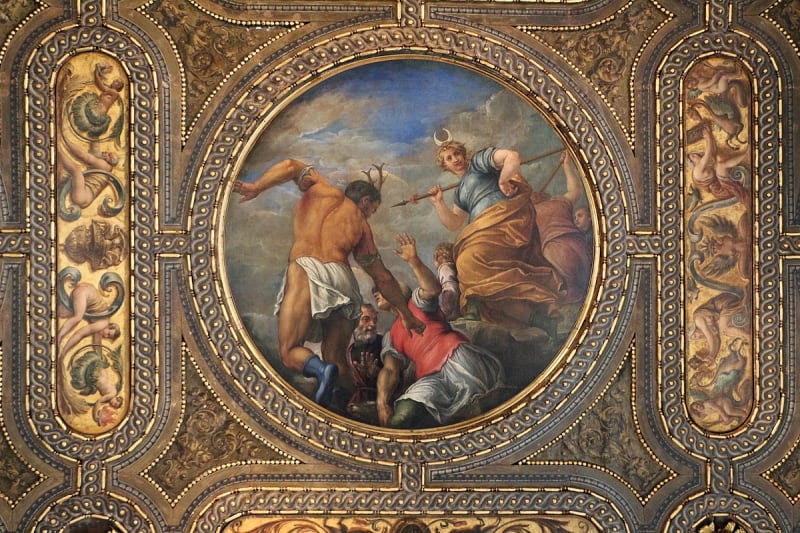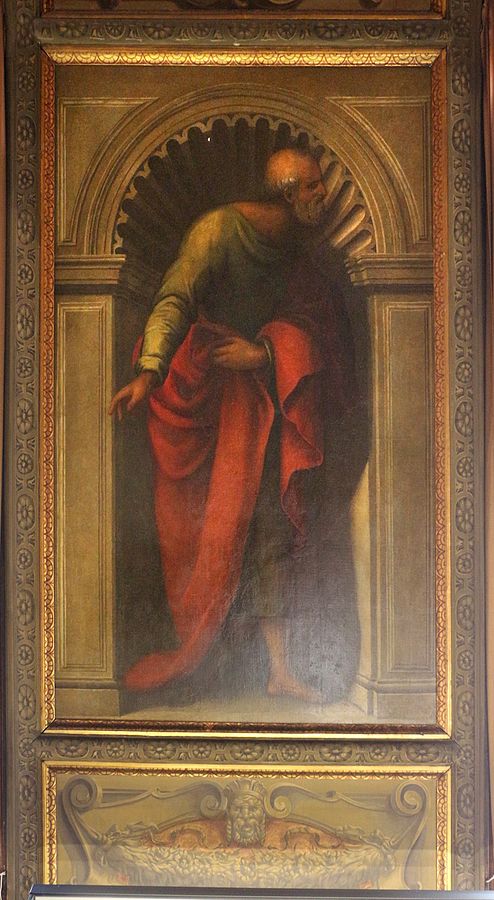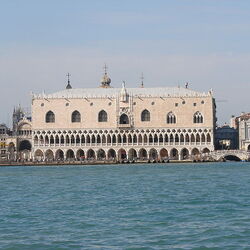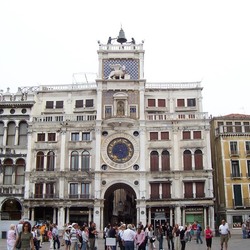Library Marciana
The Marciana Library, also known as the Sansovino Library, was created thanks to the sponsorship of Cardinal Bessarion. In 1468, he donated his collection of about 750 codices, to which he later added 250 manuscripts and printed works. Designed by architect Jacopo Sansovino, this building is one of the most unmissable museums in Venice.
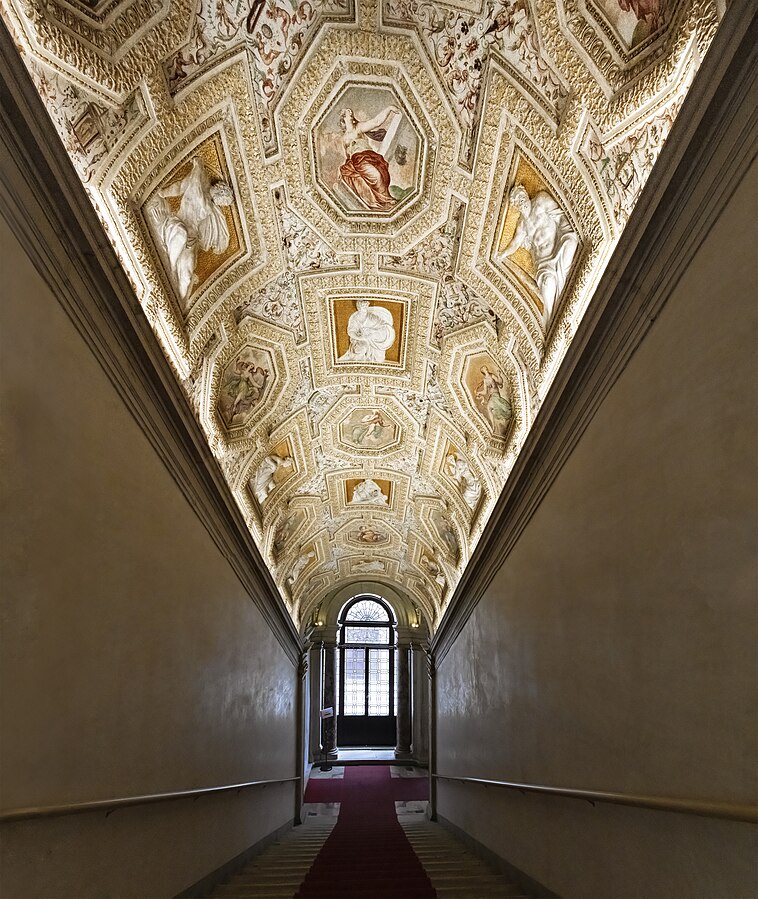
A valuable gift
The Marciana Library was built and decorated to house Greek and Latin manuscripts donated in 1468 to the Republic of Venice by Cardinal Bessarion. Venice accepted the gift and began to examine the drawing of the "public library" in Venice, made by Francesco Petrarch a century earlier. He was able to harmoniously combine the most noble classical Renaissance style with the picturesque Venetian atmosphere.
One for everyone
After the Marcian Library moved to a new building, it began to be replenished with donations and inheritance. This was mainly due to translations from the libraries of small monasteries, as well as the printing press's obligation to deliver every published copy of a book in accordance with the Venice Law of 1603. When the Venetian Republic fell, the building was further enriched with writings as a result of the abolition of religious entities during the Napoleonic period, when religious libraries were transferred to the Marciana Public Library.
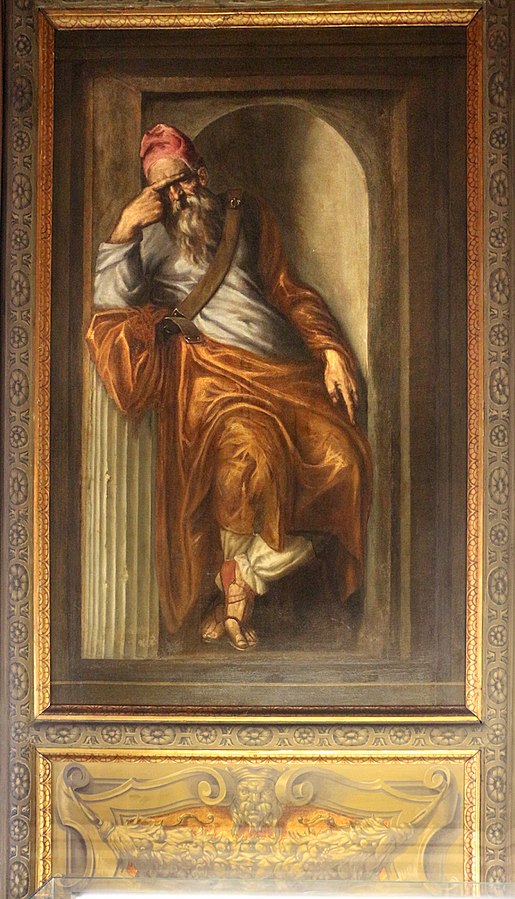
Modern value
Currently, the Marcian Library is under the jurisdiction of the Ministry of National Heritage and Culture and has one million volumes, 13,000 manuscripts and more than 2,800 incunables. The library building is a real work of art, starting with the decoration of the halls, sculptures and coffered ceilings. This library is rich in Greek culture, the history of Venice, and Venetian publications, and it has been enhanced by large donations in this century. Currently, the library serves scholars from all over the world who play an important role in the cultural life of Venice.
Uniqueness
The monumental halls of the Marciana Library offer the opportunity to experience the beauty of the old St. Mark's Library. This majestic library has extraordinary dimensions: the lobby, later transformed into a public sanctuary, the main hall, used for the library, with rich decorations, designed taking into account the historical and artistic trajectory, of great interest and value. In addition, the museum is currently hosting exhibitions and events.
